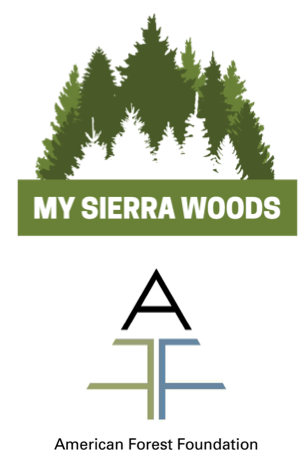Utilization Technology
The technology exists to make a wide variety of products from woody biomass. These include (from lowest value/least processing to highest value/most processing):
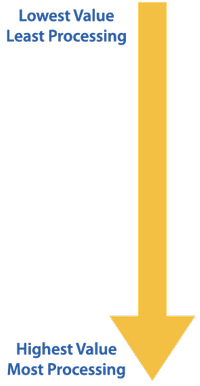
|
|
Processing Methods
Woody biomass can be utilized to generate electricity or processed into any number of products and fuel types. Most forest biomass will need pre-processing in some form before being utilized to produce energy (e.g. chipping or shredding). Generally it is most cost-effective for this pre-processing to occur prior to transport to a facility, due to the high volume-to-mass ratio (low bulk density) of forest residues. Current research is looking into the potential of "bundling", essentially pressing branches into a tight bundle of regular size as an efficient transportation method. There are only a few main physical methods of processing biomass into energy.
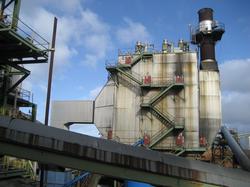
|
Direct Combustion: Burning of woody material to generate heat and steam. Examples include a biomass boiler room, hydronic wood fired heater, and electricity generation through steam turbines. This is the most common method for producing electricity from biomass. Some plants can accept biomass in addition to coal and combust two types of materials at once, known as co-firing. |
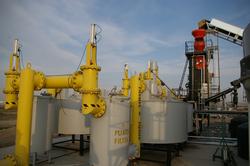
|
Gasification: Incineration of wood chips or similar material with limited oxygen supply in a gasifier to produce syngas (“synthesis gas”) which can fuel gas turbines. This method releases fewer pollutants than direct combustion. Thermochemical conversion process. |
Pyrolysis: Heating biomass at a lower temperature range in the complete absence of oxygen to produce diesel, methane, charcoal/biochar, or a crude bio-oil which can be used to generate electricity. Thermochemical conversion process.
Anaerobic Digestion (Bacterial Decomposition): Breaking down of biomass using bacteria in the absence of oxygen. Byproducts include methane and carbon dioxide which can be refined into biomethane fuel, a natural gas which can be used to generate electricity. This process is more common for agricultural and human waste. Biological conversion process.
Fermentation: As a cellulosic plant woody biomass requires a more intensive process to be fermented into fuel alcohols than starch-based crops, but forest residues can be used to produce ethanol and other fuels. Biological conversion process.
Combustion and gasification are the most common methods for utilizing woody biomass. The other methods described above are more commonly used for processing agricultural and animal/human waste.
Market Considerations
Technological feasibility does not equate to economic reality. Woody biomass will only be used for higher value products if the quality of the raw material is as good as that currently being used, or if it can be provided at lower cost and still produce a product of acceptable quality.
The costs of gathering and processing multiple small trees to produce a unit of product are much higher than the costs associated with handling larger trees. As a result the transport of this low quality, low value raw material much more than 50 miles is often not economically viable. If transport is not a limiting factor the quality of the raw material often is.
Lumber produced from small diameter trees is highly prone to warp. Small diameter trees perform better if left in the round form and used for preservative treated poles or posts and even as round structural timbers than they do as lumber. The low quality is due to high proportions of juvenile wood (first ten to fifteen years of a trees growth), reaction wood, and knots. The effect of these properties can be minimized if the trees are broken down into small particles and reconstituted into products with the inferior traits distributed randomly throughout the product. Such products include paper, composite panels (MDF and particleboard), plywood, parallel-strand lumber, and laminated veneer lumber.
Unfortunately the market for these products is very limited in California as higher quality fiber is readily available from manufacturing residues and larger trees for the few such manufacturing facilities in the state (there are two composite panel plants in California). The raw material requirements are not as strict for chemical production from biomass but the bio-refineries that could process organic chemicals from woody biomass are not yet commercial. Most of the efforts into the production of organic chemicals from biomass is focused on agricultural crops such as corn and soybeans.
Therefore, adding value to woody biomass is challenging not because of technological challenges but because of the low value and low quality of the material relative to biomass from other sources.
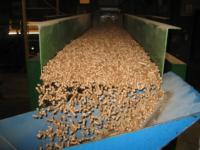
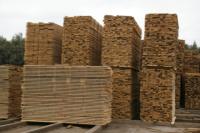
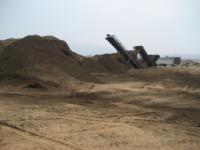
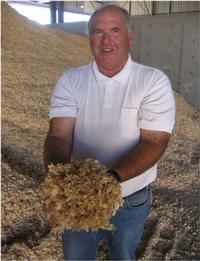
Subsidies Available
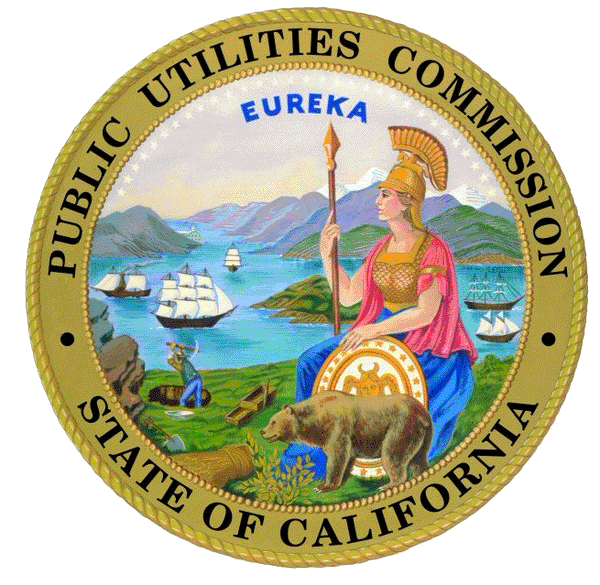
|
In California there are a few types of subsidies available through the California Public Utilities Commission and other organizations to aid in developing biomass plants and covering transport costs for feedstocks. Additionally, there are grant funds available through the Forest Service Wood Innovations Grant and Forest Health Grants through the California Climate Investments program. |
BioMAT (Bioenergy Market Adjusting Tariff)
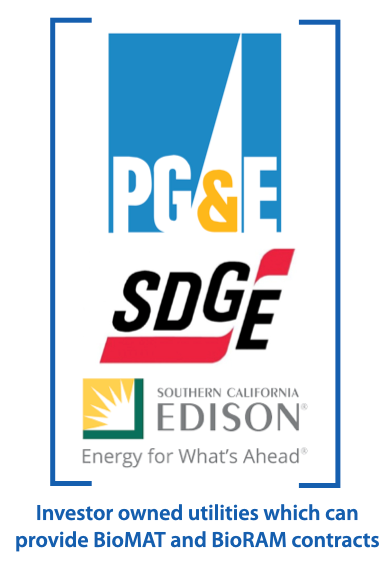
|
BioMAT is a feed-in tariff program created in 2012 for small-scale bioenergy facilities generating no more than 5 MW of power. It is intended to help address wildfire and tree mortality issues through bioenergy production. The Senate Bill which enacted BioMAT created an additional 250 MW of capacity for investor owned utilities (PG&E, San Diego Gas & Electric, or Southern California Edison) to offer long-term feed-in tariff Power Purchase Agreements (PPA’s) for eligible bioenergy projects. 50 MW of that 250 MW capacity is allocated to sustainable forest management which includes fuel reduction activities. The BioMAT program mostly supports development of new, smaller biomass utilization facilities. |
BioRAM (Bioenergy Renewable Auction Mechanism)
The BioRAM program was implemented in 2016 as part of California’s efforts to address tree mortality and hazardous fuels accumulation. It is the counterpart to BioMAT intended for larger biomass facilities to set up contracts with investor owned utilities. BioRAM contracts have a required percentage of biomass feedstock which must come from Cal Fire’s designated High Hazard Zones (Tier 1 or 2). BioRAM 1 contracts began with this requirement at 50% in 2017, which increased annually to an 80% requirement in 2019 and onwards. BioRAM 2 contracts require at least 80% of feedstock be from sustainable forest management and that 60% be from the High Hazard Zones. Both the BioMAT and BioRAM programs are designed to make removing hazardous fuels and woody debris more economically realistic.
My Sierra Woods – Forest Biomass Transportation Incentive (FBTI)
| This program is available in the twelve northeastern counties of California and provides reimbursement to private landowners for fuels reduction work, including partial reimbursement for material transport costs. The American Forest Foundation created this financial incentive through My Sierra Woods in hopes of increasing the scope and scale of forest restoration projects by making the treatments more affordable for private landowners. Although industrial and non-industrial forest landowners are eligible, it is specifically designed to aid non-industrial private landowners in risk reduction. |

